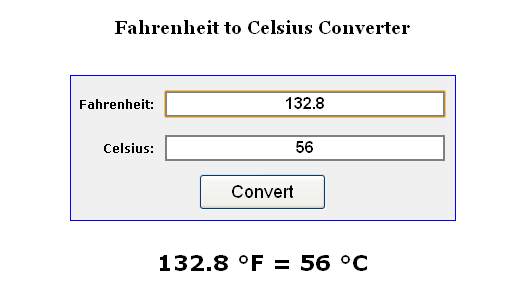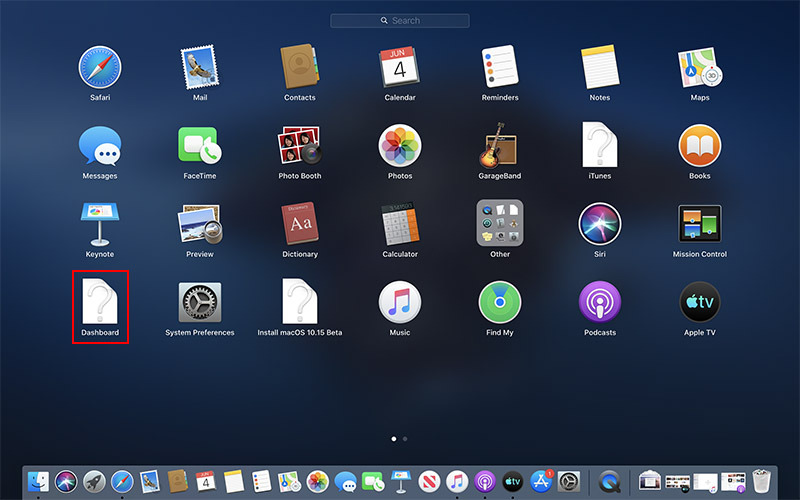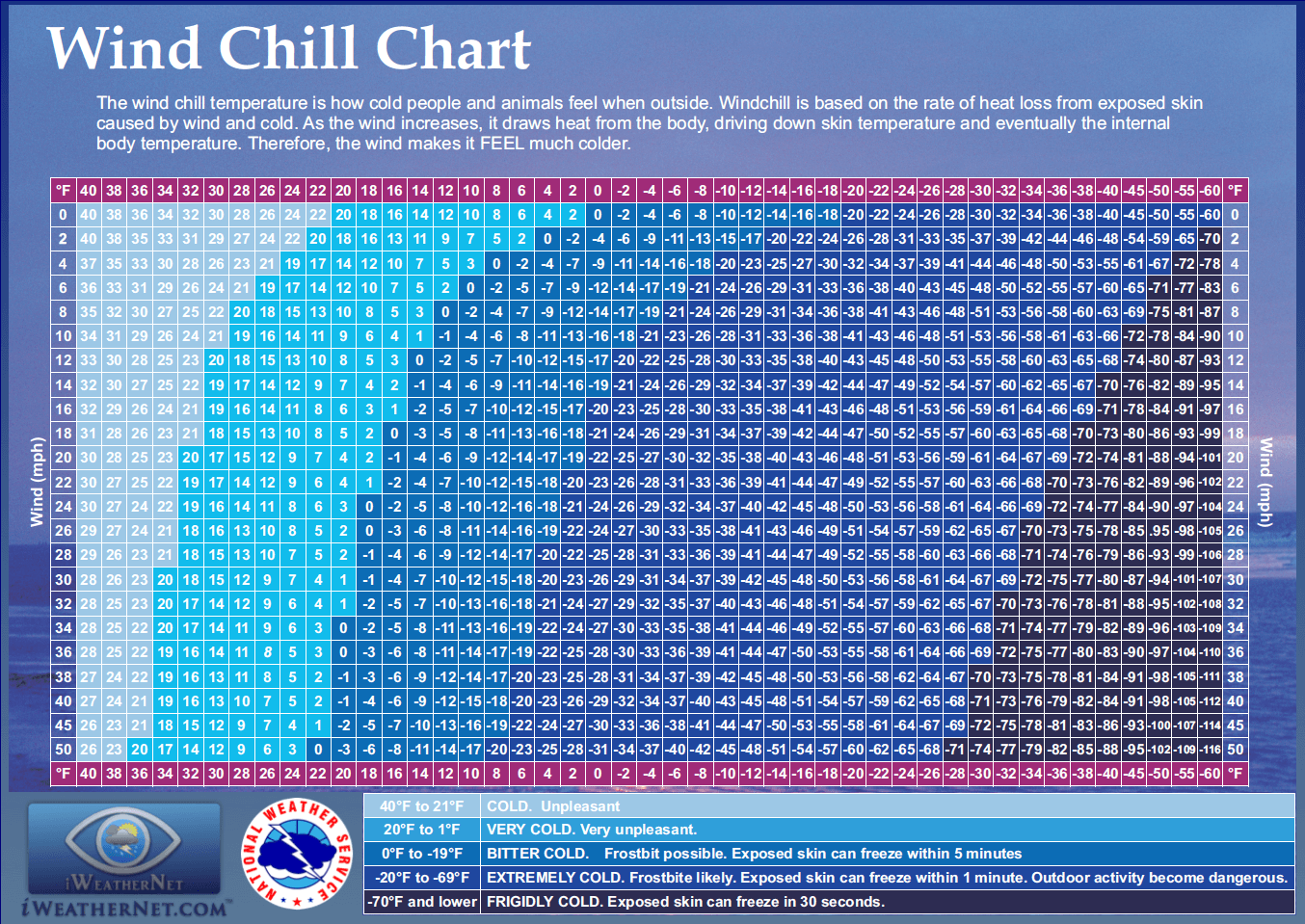

ISO 286-1 (2010) Geometrical product specifications (GPS) - ISO code system for tolerances on linear sizes - Part 1: Basis of tolerances, deviations Precision Measuring Tools For Shaft and Hole Measurements.Preferred Fits and Tolerances Charts (ISO).Interference (press & shrink) fit calculator.Limits, fits and tolerances (ISO and ANSI Systems).The main intention of this system is the fulfilment of the function fit. It provides a standardized selection of tolerance classes for general purposes from amongst the numerous possibilities. ISO 286 establishes a system for tolerances to be used for linear sizes of features of cylinder and two parallel opposite surfaces.

Similarly, where a specific fit condition is required between mating features of two different workpieces, it is necessary to ascribe an allowance, either positive or negative, to the nominal size to achieve the required clearance or interference. a tolerance, this being the variation in size acceptable in manufacture while ensuring the functional fit requirements of the product. In order that fit function could be satisfied, it was found sufficient to manufacture a given workpiece so that its size lay within two permissible limits, i.e. The need for limits and fits for machined workpieces was brought about mainly by the requirement for interchangeability between mass produced parts. GD&T is used to define how a part feature relates the other part features in the same part or in a mating part it’s a way to dimension and tolerance with respect to part’s function, the way it works. GD&T A means of dimensioning and tolerancing a part with respect to relationship and function of that part. Transition Fit: A fit type where clearance or interference can exist between assembled parts depending on tolerance conditions. Interference Fit: A fit type where interference exists between assembled parts under all tolerance conditions. Interference: The difference before mating between the size of the hole and the size of the shaft when the diameter of the shaftĬlearance Fit: A fit type where clearance exists between assembled parts under all tolerance conditions. Lower limit of size: Smallest permissible size of a feature of size.īetween the maximum and minimum size limits of a part.įit: Relationship between an external feature of size and an internal feature of size (the hole and shaft of the sameĬlearance: The difference between the size of the hole and the size of the shaft when the diameter of the shaft is smaller than Upper limit of size: Largest permissible size of a feature of size. Limits of Size: Extreme permissible sizes of a feature of size. Upper deviation: The difference between the maximum limiting size and the corresponding nominal sizeĭifference between the minimum limiting size and the corresponding nominal size Shaft: External feature of size of a workpiece, including external features of size which are not cylindrical. Hole: Internal feature of size of a workpiece, including internal features of size which are not cylindrical. Of perfect form as defined by the technical drawing.ĭeviation: The difference between a size and the corresponding nominal size.


For example H7 tolerance class for holes and h7 tolerance class for shafts. Basic terminology for tolerances and deviations:ĭesignation of the tolerance class: The tolerance class shall be designated by the combination of an upper-case letter(s) for holes and lowercase letters for shafts identifying the fundamental deviation and by the number representing the standard


 0 kommentar(er)
0 kommentar(er)
